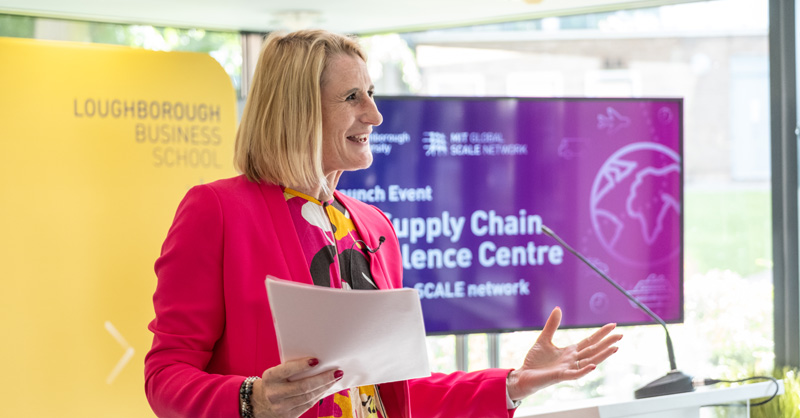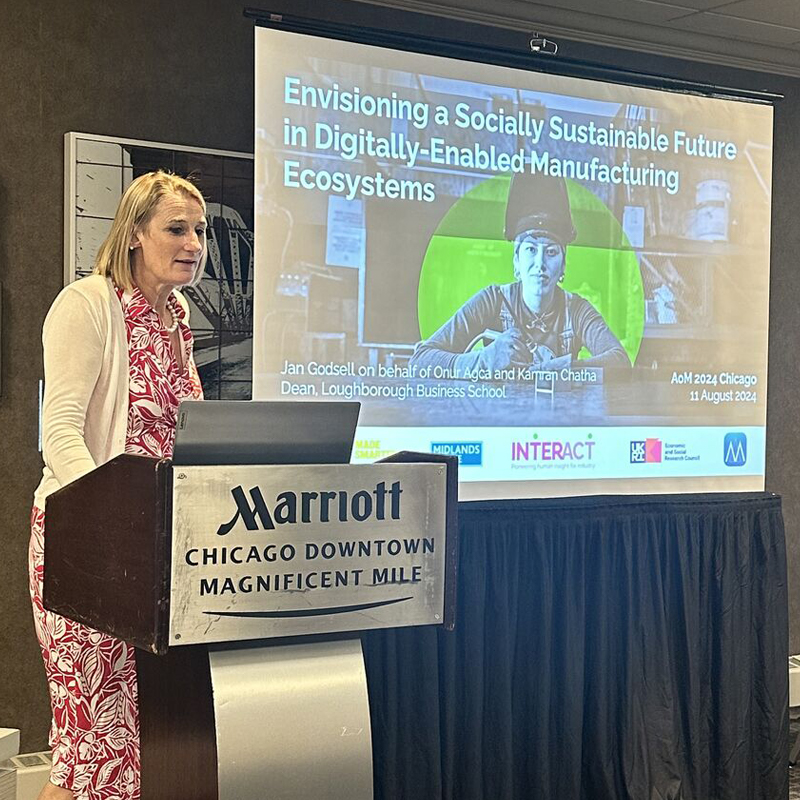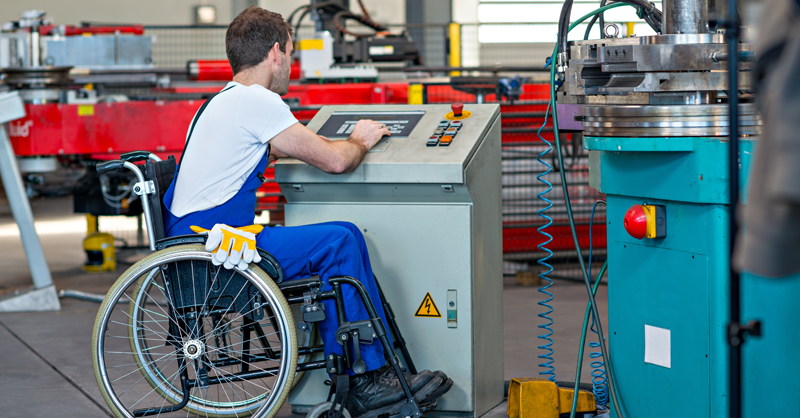Professor Colin Lindsay (University of Strathclyde and InterAct)
In November 2024, the InterAct Future of Work Team visited Australia for an international evidence-gathering mission to complement research on how we can ensure that digital transformation in manufacturing is aligned with strategies for workplace innovation and employee empowerment, to benefit businesses, people and build the positive future for manufacturing work that we all want.
The InterAct team – including Professor Colin Lindsay (Strathclyde Business School) and Dr Avril Thomson (National Manufacturing Institute Scotland) – engaged with businesses, innovation hubs and research experts, on a mission to mine the best evidence on ‘what might work’ in supporting an innovative and inclusive future for manufacturing. We learnt a lot by engaging with Australian stakeholders, hearing about how the university sector and manufacturing businesses have collaborated effectively, the challenges faced by manufacturing employers (some of which will be familiar to UK manufacturers) and exciting initiatives to drive innovation and productivity.
First stop on our mission was Queensland University of Technology (QUT), a leading technological university. It was good to meet with Professor Rowena Barrett (Pro Vice-Chancellor for Entrepreneurship and Regional Innovation), Professor Glen Murphy, and members of the QUT team, to hear about the important industry engagement work being taken forward by QUT, with collaboration with the local and national manufacturing ecosystem being a key priority. ‘QUT Entrepreneurship’ seeks to inspire and amplify entrepreneurship and business engagement opportunities for students, staff and alumni. We were impressed with QUT’s commitment to supporting business model development, and innovative programmes such as ‘Growth Lab’, which seek to help scaling businesses (including manufacturing SMEs). We met with QUT team members at their ‘Foundry’, a collaborative space where partnering businesses can access learning resources and coaching and (just as importantly) network and share ideas.
The InterAct team were also particularly excited to visit the Advanced Robotics for Manufacturing (ARM) Hub – a fantastic opportunity to learn about the progress made by this exciting manufacturing research and innovation hub. Initially growing from funding from the Queensland state government, ARM has since gone on to establish a national reach, partnering with all universities in Queensland and many institutions across wider Australia.
Professor Cori Stewart (Director of ARM) and Dr Troy Cordie (Mechtronics Lead) explained that in the past five years, ARM has provided the practical space for manufacturing start-ups and scale-ups to innovate, test, and develop ideas in a real factory setting. Clearly, this meets an important need for scaling manufacturers – there’s a big difference between testing a prototype and producing at scale for market, and ARM helps ‘young’ manufacturing companies to navigate this challenge and de-risk the step up to large scale manufacturing. Success means ‘tenants’ outgrowing the ARM facility and securing the resources to establish their own production spaces – tenants generally turnover after 12-18 months.

As well as the practical support, materials, equipment and room provided by ARM, we were struck by the open, collaborative space and culture established at the facility, which has clearly helped different companies to learn together and from each other. ARM and QUT colleagues emphasised a shared commitment to contributing to a collaborative and innovative manufacturing ecosystem, and the University’s undergraduate and postgraduate students benefit from placements with both ARM and tenant businesses. Secondments and collaborative working arrangements between ARM and state universities means that Higher Education staff can share their expertise and learn from working in the ARM environment.
It was good to hear that ARM is actively planning to expand its physical footprint and capacity to support more growing manufacturing businesses. It was also great to learn about the wide range of manufacturing innovators who continue to partner with ARM, from founding partner organisation Urban Arts Project, whose large-scale art projects neatly illustrate the potential for advanced manufacturing to contribute to creative industries and architectural design solutions, to Verton, a current ARM partner whose innovative design and manufacture work is making a key contribution to the renewables sector internationally, including in Scotland.
Our take-aways?
Phase 1 of our Australia mission reminded us of the value of close, constructive and pragmatic collaboration between the university sector and manufacturing. We also reflected on the importance of places and spaces for collaboration and innovation: from ‘foundries’ embedded in universities where researchers and business leaders can share ideas and identify solutions, to fantastically innovative hubs like ARM, providing the space and support for burgeoning success stories to grow.














